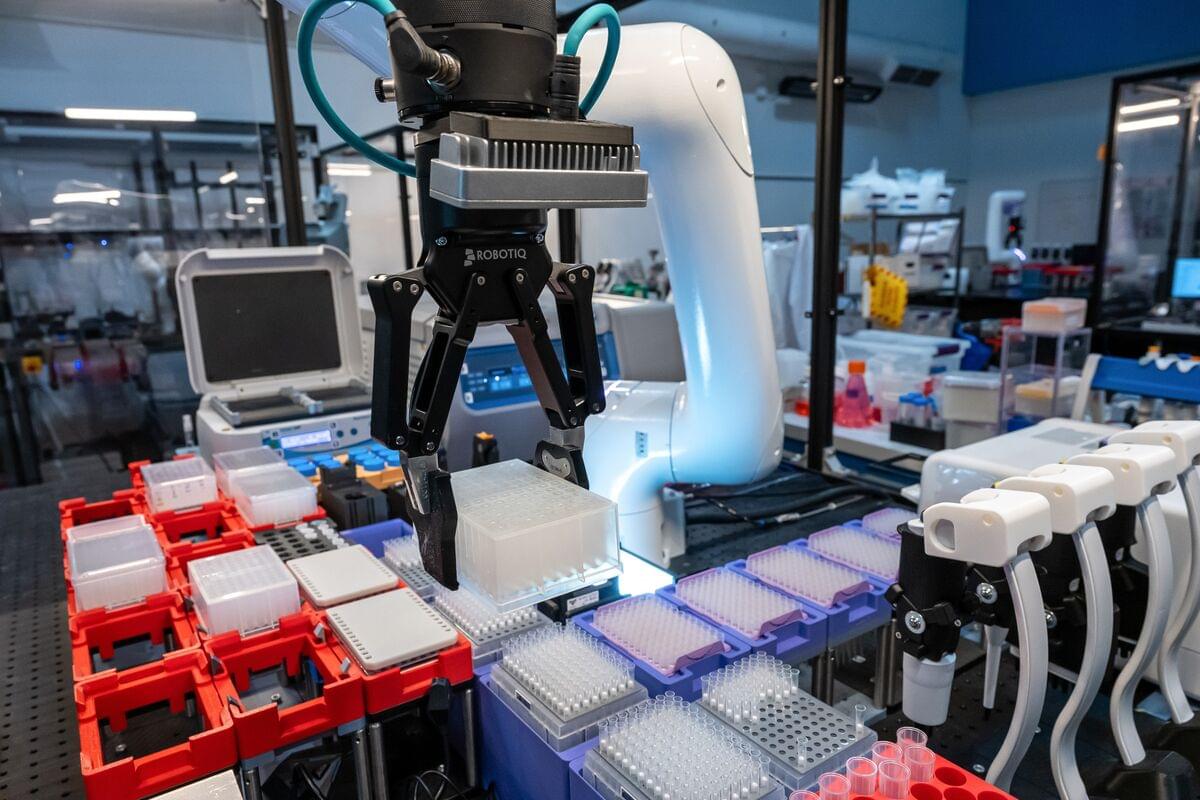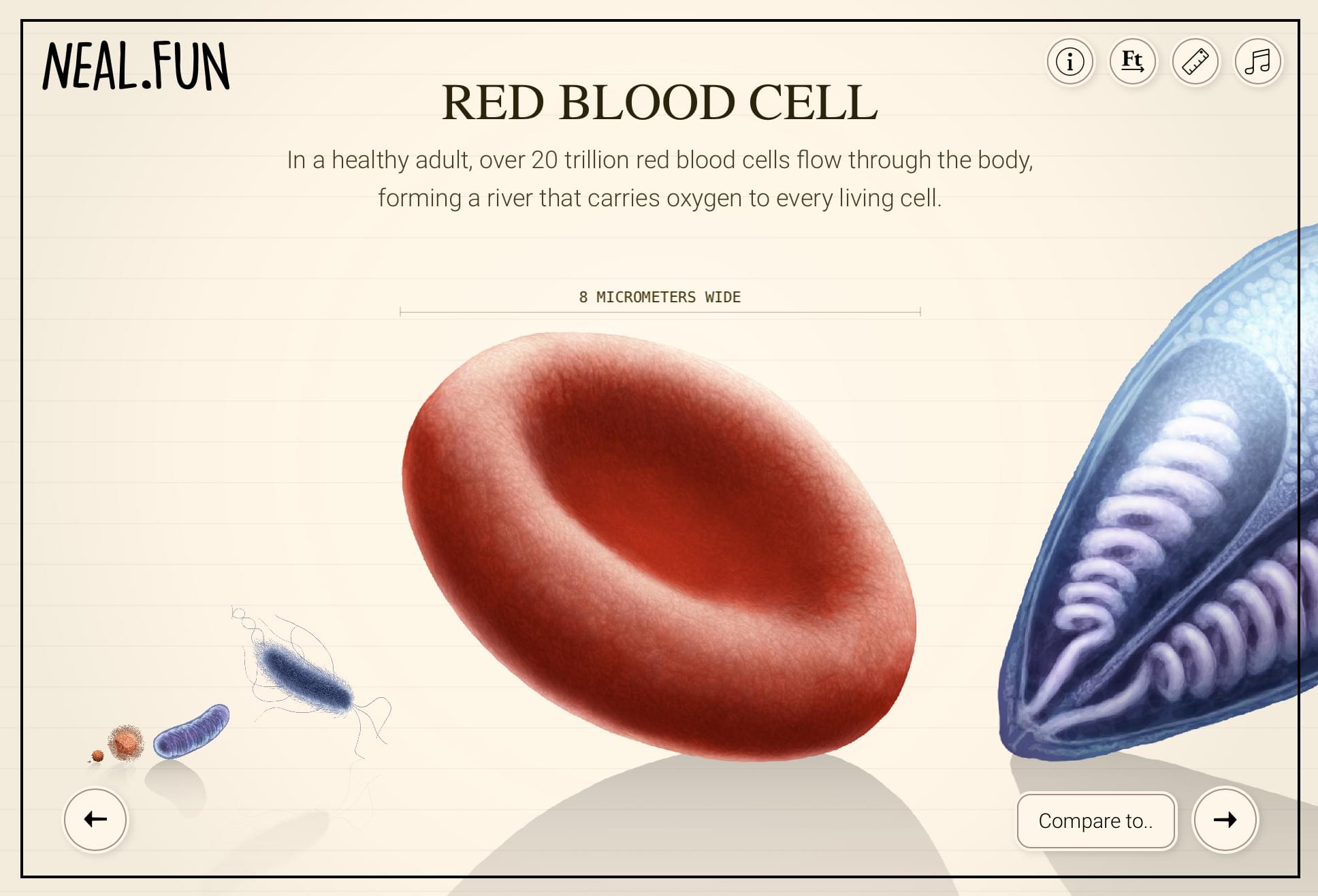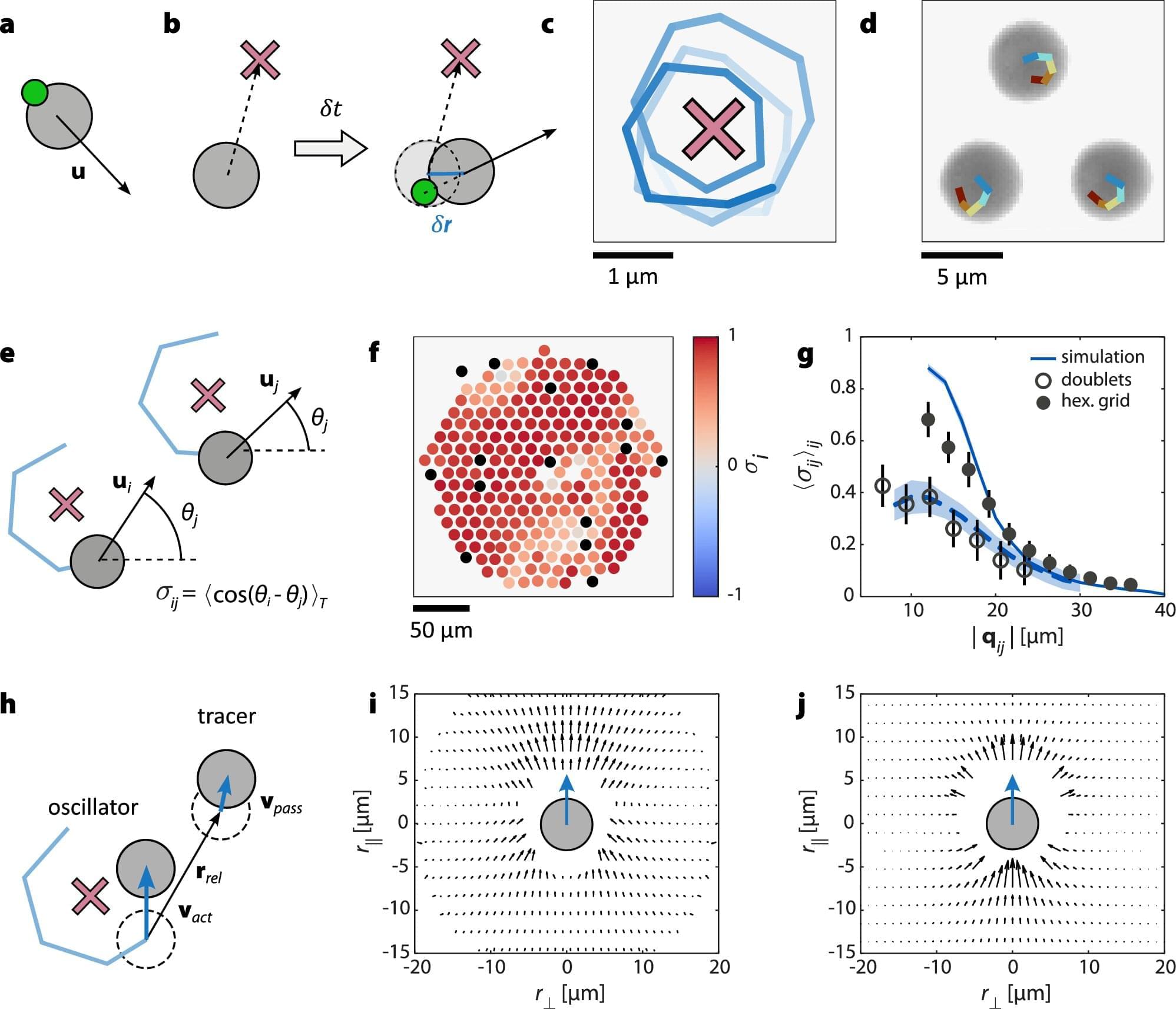Medra, which programs robots with artificial intelligence to conduct and improve biological experiments, has raised $52 million to build what it says will be one of the largest autonomous labs in the United States.
The deal brings Medra’s total funding to $63 million, including pre-seed and seed financing. Existing investor Human Capital led the new round, which came together just weeks after the company started talking publicly about its work in September, Chief Executive Officer Michelle Lee said in an interview at the company’s San Francisco lab. The company recently signed an agreement to work on early drug discovery with Genentech, a subsidiary of pharmaceutical giant Roche Holding AG.







